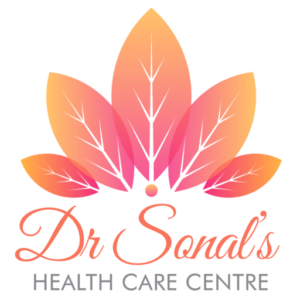“Tuberculosis: Breaking Down the Silent Threat”
Tuberculosis (TB), an ancient yet persistent disease, remains a global health challenge despite advances in medicine. Caused by the bacterium Mycobacterium tuberculosis, TB primarily affects the lungs but can involve other parts of the body. With millions of cases annually, understanding TB is crucial for prevention, diagnosis, and treatment.
What is Tuberculosis?
TB is an infectious disease that spreads through airborne droplets when an infected person coughs, sneezes, or speaks. While most commonly affecting the lungs (pulmonary TB), it can also target the kidneys, spine, brain, and other organs (extrapulmonary TB).
How Does Tuberculosis Spread?
TB spreads via:
- Airborne Transmission: When an infected person releases bacteria into the air.
- Close and prolonged contact increases the risk of infection.
However, not everyone exposed to TB becomes ill. The disease manifests in two forms:
- Latent TB Infection (LTBI):
- The bacteria are present but inactive, causing no symptoms.
- People with LTBI are not contagious but may develop active TB later, especially if their immune system weakens.
- Active TB Disease:
- The bacteria multiply, causing symptoms and spreading to others.
Symptoms of Tuberculosis
TB symptoms vary depending on the site of infection.
Pulmonary TB Symptoms
- Persistent cough lasting more than 2 weeks.
- Coughing up blood (hemoptysis).
- Chest pain or difficulty breathing.
General Symptoms
- Fever and night sweats.
- Unexplained weight loss.
- Fatigue and weakness.
- Loss of appetite.
Extrapulmonary TB Symptoms
- Swollen lymph nodes.
- Back pain (spinal TB).
- Neurological symptoms (TB meningitis).
Who is at Risk?
While anyone can contract TB, certain groups are more vulnerable:
- People with weakened immune systems (e.g., HIV/AIDS, diabetes).
- Smokers and individuals with poor nutrition.
- Close contacts of individuals with active TB.
- Healthcare workers exposed to TB patients.
- Residents of areas with high TB prevalence.
Diagnosing Tuberculosis
Accurate and timely diagnosis is essential. Common diagnostic methods include:
- Skin Test (Mantoux Test):
- A small amount of TB protein is injected under the skin, and the reaction is monitored.
- Blood Tests:
- Interferon-gamma release assays (IGRAs) detect immune response to TB bacteria.
- Chest X-Ray and CT Scan:
- Identify abnormalities in the lungs.
- Sputum Test:
- Laboratory examination of coughed-up mucus for TB bacteria.
- GeneXpert Test:
- A rapid molecular test to detect TB and drug resistance.
Treatment of Tuberculosis
TB is curable with proper treatment, typically involving a combination of antibiotics for an extended period:
- First-Line Drugs:
- Isoniazid, Rifampin, Ethambutol, and Pyrazinamide.
- Standard treatment lasts 6–9 months.
- Directly Observed Therapy (DOT):
- Ensures patients take medication regularly to prevent resistance.
- Drug-Resistant TB:
- Multidrug-resistant TB (MDR-TB) and extensively drug-resistant TB (XDR-TB) require longer and more complex treatments.
Preventing Tuberculosis
1. Vaccination
- The BCG vaccine offers protection, particularly for children in high-risk areas.
2. Infection Control
- Isolate individuals with active TB during treatment.
- Improve ventilation in living and working spaces.
3. Regular Screening
- Early detection in high-risk groups through routine testing.
Complications of Tuberculosis
Without treatment, TB can lead to severe health issues, including:
- Permanent lung damage.
- Spread of the disease to other organs (e.g., kidneys, bones).
- Life-threatening conditions like meningitis or heart problems.
Global Impact of Tuberculosis
TB remains one of the top 10 causes of death worldwide. According to the World Health Organization (WHO):
- An estimated 10 million people develop TB annually.
- 1.6 million deaths occur each year due to TB, despite it being preventable and curable.
- Drug-resistant TB poses a significant challenge, with nearly half a million cases reported yearly.
When to Seek Medical Help
Seek immediate medical attention if you experience:
- A persistent cough lasting over 2 weeks.
- Unexplained weight loss or night sweats.
- Difficulty breathing or coughing up blood.
Conclusion
Tuberculosis is a serious but treatable disease. Early diagnosis, adherence to treatment, and preventive measures are key to controlling its spread and saving lives.
If you suspect TB or need a screening, consult a healthcare provider promptly. Let’s work together to make TB a disease of the past!
For more information or assistance, contact us at [Your Clinic’s Name]. Stay healthy, stay safe!







